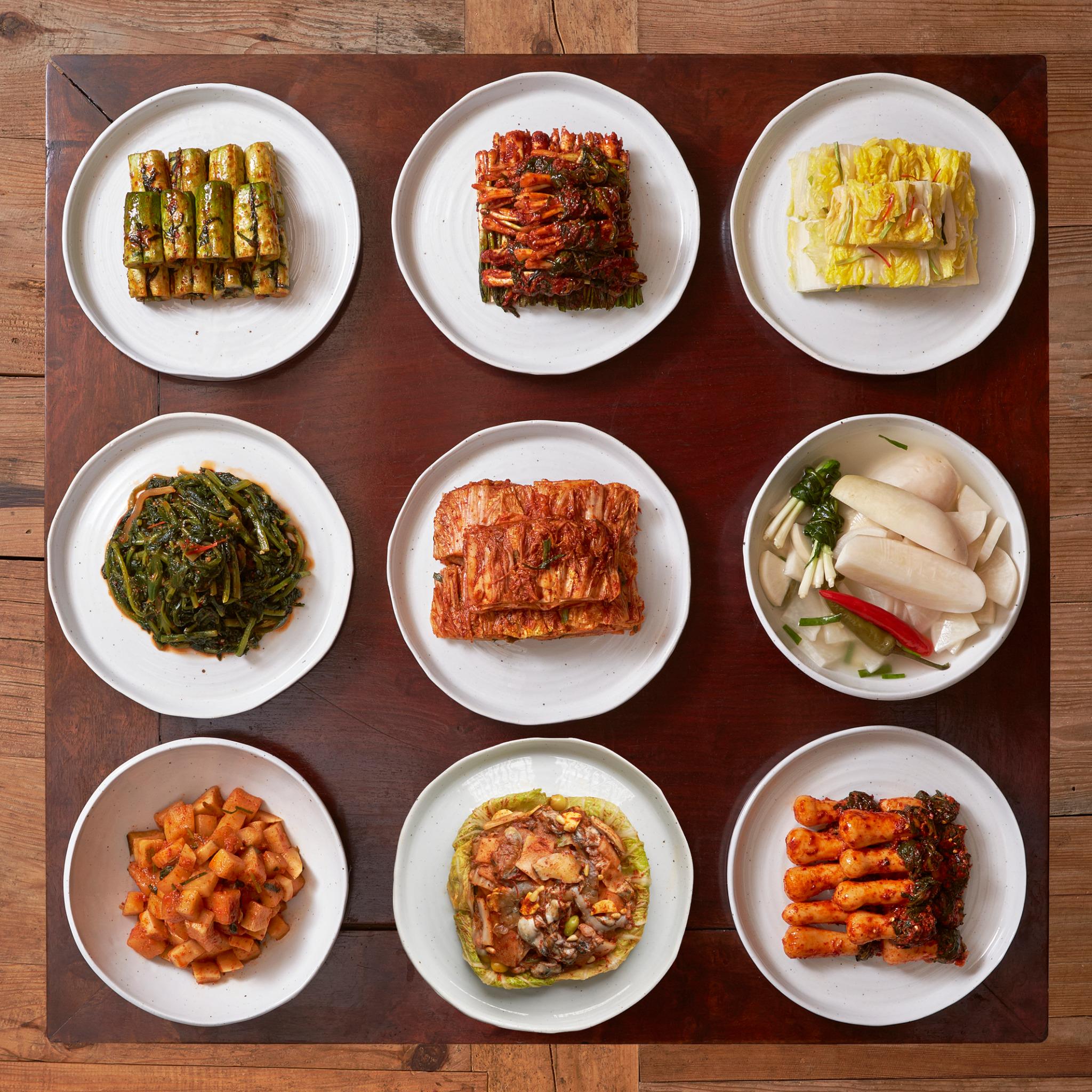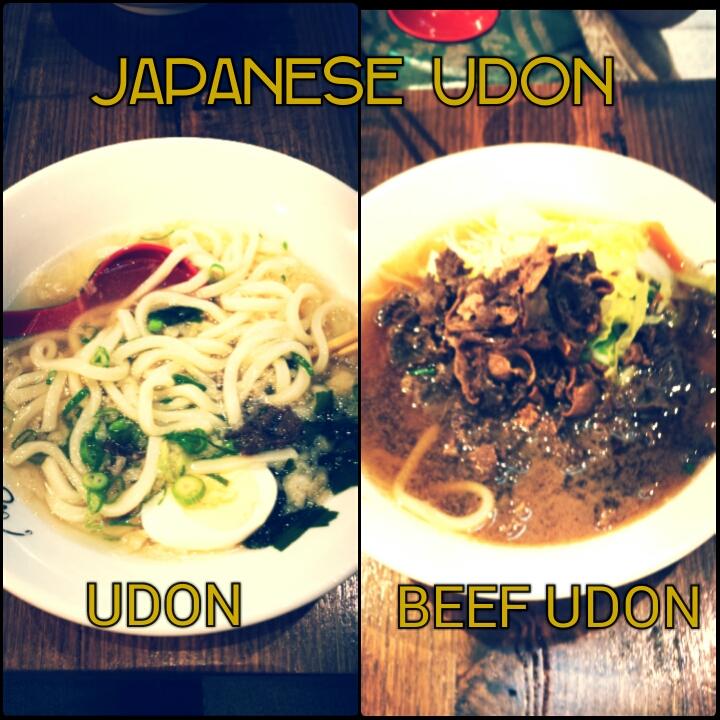Yum Cha is Chinese (Cantonese/Hong Kong) morning or early afternoon tea that involves drinking tea and eating various small dishes that are steamed, fried or baked. How it is served are in bamboo steam baskets or plates, hot or cold (depending on what the dish is) from trolleys.Similarly, Dim Sum is also served during the same time which are collections of small foods that replace breakfast, lunch or tea.
So have you ever tried to go to a Yum Cha restaurant, but then become so overwhelmed with the amount of people, the trolleys and the trolley ladies and the amount of variety on those trolleys, invisible prices? Well fear no more! Here's a very simple guide to how things work.
Step 1:
If you're driving friends or family out to Yum Cha, make sure parking time is long enough (waiting in line can take a while to get a table, especially during weekends since it's generally crowded).
Step 2:
Make sure to let the waiters know how many seats you want for a table (you don't want to get a 2 seat table for 8 people).
Step 3:
You can skip this step and go to the next, or ask for a menu to see what types of dishes you want to try and their prices. The titles of the dishes usually indicate what the dish is made out of.
Step 4:
Wait for a someone with a trolley to come by or put your hand up and wave them over to see what's in their trolley. Pick what you want and the trolley person will put a stamp or write on your bill (white rectangular piece of paper) of what you ordered.
Step 5:
If you want to dip the food in hot sauce/soy sauce/soy sauce with chillies in it/mayonnaise, ask a waiter for it and they will bring it to you (usually it's at no extra charge, but do ask if they do charge just in case)
Step 6:
You'll notice there will be a tea pot with small cups beside. This is the tea that's served with the food, you can drink this anytime during your experience. Waiters will occasionally come by and check the tea and refill it if the tea's running out (once again usually free, but do ask if there's a charge)
Step 7:
Eating is done with chopsticks and a small bowl, but you're certainly not limited to using the utensils, so ask for a spoon and fork.
Step 8:
Once you're done with eating and ready to pay, you can either ask for a waiter and give them the white paper bill (refer to step 4), or you can go up to the reception of the restaurant and pay there
Images taken from:
Blog post by: Elizabeth Tran.


